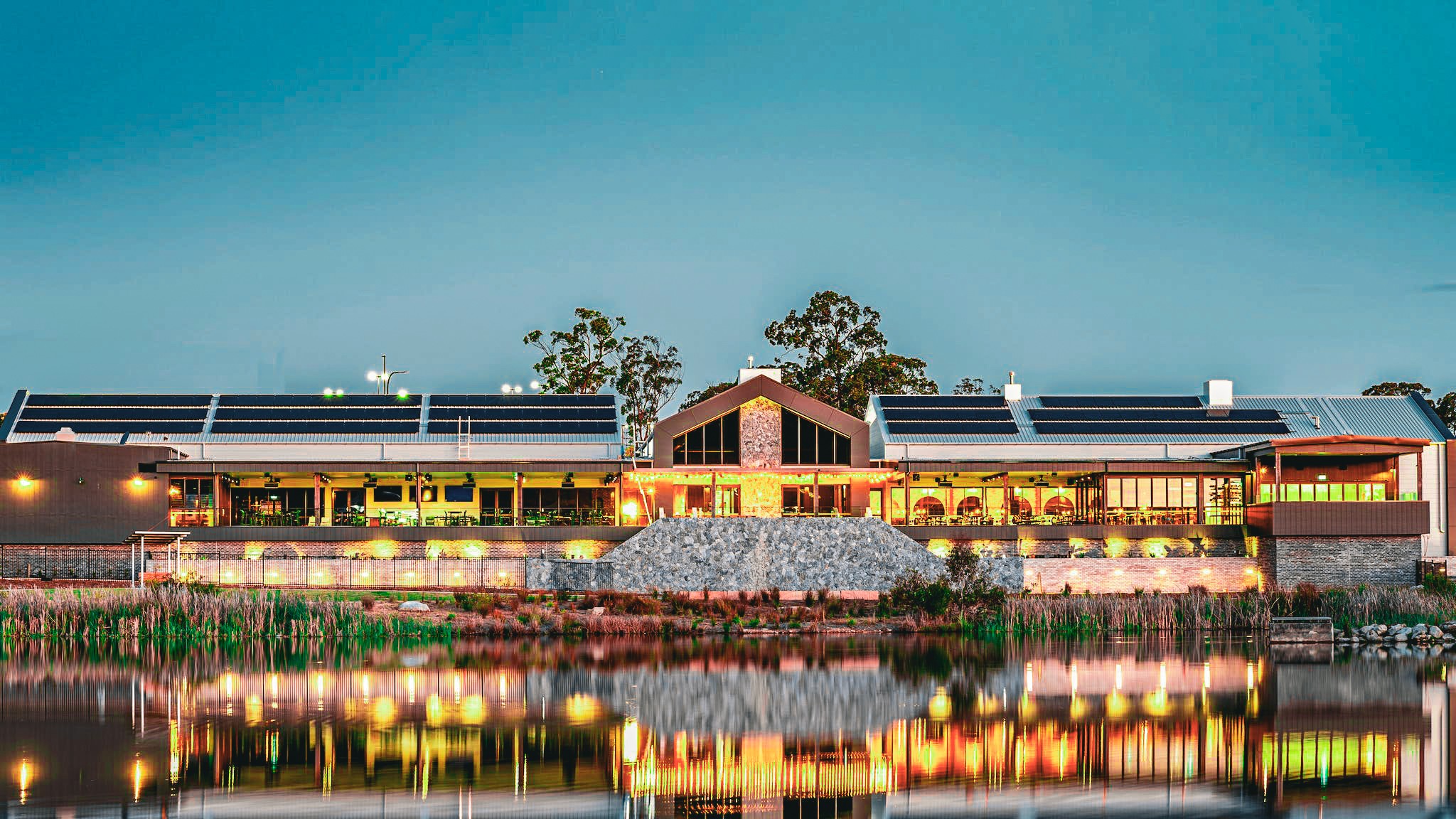Red algae blooms closed numerous beaches around Sydney last month, much to the dismay of tourists and locals alike, who were keen to cool down at the seaside after a string of unseasonably warm weather cooked the City, even before the summer began in earnest.
But red algae, or something like it, could be powering your air conditioning units and freezing your ice cream before too long, if legislation changes have their desired effect after their introduction early next year.
Micro-algae, single-cell organisms living in either sea or fresh water, has been identified as a possible low-cost, environmentally friendly energy source. And it's not alone, with countless other small-scale energy sources out there, waiting to be developed. But scientists attempting to fund their research, by re-selling the electricity they produce back to the grid, are being stymied by legislative red tape and prohibitively high market entry costs.
Haron Robson was recently one of 13 organisations requested to provide input into a rule amendment which will change all that. Determined in November by the Australian Energy Market Commission (AEMC), the federal body in charge of the electricity grid, the change will take effect on 1st January 2013 and will allow smaller generation units to be easily integrated into the energy market through the use of an Aggregator, who would sell the electricity of multiple generators into the National Electricity Market (NEM), the "grid". This would cut down paperwork and costs, increasing opportunities for 'craft' electricity generators (those capable of producing 5MW or less) to access a market rate on power they return to the grid.
It won't just be research power plants who will benefit from the change. As energy generation technologies becomes safer, more reliable and cheaper, many business are now installing their own power plants to alleviate irregular and limited supply, and combat rising energy prices. Increasingly we are assisting clients install cogeneration and tri-generation units, and further investigation into heat recovery systems and micro wind farms will see many more clients adopt self-powering technologies.
Being able to achieve a market rate of return on the sale of any excess electricity produced on-site is increasingly important for these businesses. The revenue raised by selling back to the grid will improve the return on investment, increasing the feasibility and further stimulating the adoption of these highly efficient technologies. It could also lead to a more competitive marketplace which, in turn, lowers long-term energy prices for consumers.
Further, it is recognised the carbon intensity of small generation systems is typically lower than that of the large-scale commercial producers currently supplying the NEM. By feeding the system with low-carbon fuel, these small generators could effectively turn the national power grid into a 'smart grid', helping Australia move into a cleaner, more energy efficient future.
For more information on how to take the power back from energy retailers by installing your own power plant, please contact Tom Russell on (02) 9712 5544 or email tr@haronrobson.com.au. Algae farmers need not apply.





